Fujifilm X-T50
The FUJIFILM X-T50 offers photographers a handy yet powerful tool. It is equipped with the advanced X-Processor 5 and the same high-resolution image sensor found in the top-of-the-range X-series models. Thanks to its intuitive operating concept, the X-T50 is the perfect choice for photographers of all experience levels who want to capture high-quality images without encountering complexity.
The X-T50 features a high-resolution 40.2 megapixel X-Trans CMOS 5 HR sensor, an X-Processor 5 *1 and five-axis image stabilization with up to seven stops *2. Despite these advanced features, it weighs only approx. 438 grams *3, making it one of the lightest models in the X series.
High image quality
An advanced algorithm works in conjunction with the back-illuminated 40.2 megapixel X-Trans CMOS 5 HR sensor to ensure fast image processing with high detail sharpness and improved noise performance. The pixel structure has been optimized so that more light reaches the sensor and a standard sensitivity of ISO 125 is achieved, which was previously only available as an extended sensitivity.
*
4
The X-T50's electronic shutter allows ultra-fast shutter speeds of up to 1/180,000 of a second, enabling very precise exposure control. Even on bright days, you can shoot with fast lenses at open aperture to achieve attractive focus effects. The autofocus system of the X-T50 offers object-oriented subject recognition based on artificial intelligence. The algorithm, developed using deep learning technology, not only recognizes and tracks people's faces and eyes, but also reliably keeps animals, birds, cars, motorcycles, bicycles, planes, trains, insects and drones *5 in focus.
The X-T50 has 20 film simulations, including "REALA ACE" for natural color reproduction and high-contrast tonality. This means that numerous image styles are available, which can be selected to suit the respective scene, similar to analog films.
The camera also offers a digital teleconverter *6, which utilizes the high resolution of the 40.2 megapixel sensor to enlarge the subject by 1.4 or 2.0 times at the touch of a button.
Advanced shooting functions
The internal five-axis image stabilizer allows exposure times of up to seven f-stops longer. Even in very low light, for example in the evening or at night, you can take sharp pictures freehand.
Videos can be recorded with the X-T50 in 6.2K quality at 30 frames per second. The tracking AF follows dynamic objects during filming and keeps them reliably in focus.
In AUTO mode, the camera automatically recognizes the subject and automatically selects the optimum shooting settings. Moving objects remain in focus without the photographer's intervention, making it easier to take photos and movies. The mode can be activated at any time using a selection switch on the top of the camera housing.
Modern product design
The design of the camera housing has been further developed and optimized in several respects. Rounded edges and a redesigned handle ensure comfortable and uncomplicated handling.
The film simulation dial on the top of the camera is a new feature. This can be used to intuitively switch between the different film simulation modes depending on the subject or scene, both when taking photos and filming
. The camera has a built-in flash unit. The brightness of the flash automatically adjusts to the respective subject. Dark scenes or backlit portraits are optimally illuminated
. The foldable LCD monitor with 1.84 million pixels offers a precise preview and makes it easier to take photos from unusual angles. The shape of the handgrip and the layout of the rear controls have been redesigned to make shooting and filming even more comfortable.
*1 X-Trans is a trademark or registered trademark of FUJIFILM Corporation.
*2 Measured according to CIPA standard, pitch/yaw direction, with FUJINON XF35mmF1.4 R lens.
*3 Weight including battery and memory card.
*4 Compared to the predecessor model FUJIFILM X-T30 II
*5 Use the "Bird" setting to detect insects and the "Airplane" setting to detect drones.
*6 The digital teleconverter is not available or selectable in all shooting modes.
The
Sigma
16-300mm f
3.5-6.7 DC OS © Fujifilm X Mount
The world's first 18.8x
Zoom
with 16mm wide-angle setting
The Sigma 16-300mm F3.5-6.7 DC OS Contemporary is the world's first mirrorless lens with an 18.8x Zoom ratio. This portable lens is equivalent to 24-450mm* in 35mm format and covers everything from wide angle for landscapes and interiors to super telephoto for sports, wildlife and aviation
*approximately 25.6-480mm for the Canon RF mount version.
Maximum magnification ratio of 1:2 at 70 mm for impressive close-ups
With a maximum magnification ratio of 1:2 at 70 mm, the Sigma 16-300 mm F3.5-6.7 DC OS Contemporary offers outstanding performance at close range, perfect for capturing detailed images of flowers, insects and other small subjects. With a maximum magnification of 1:3 at the wide-angle end and 1:4 at the telephoto end, photographers have access to a wide range of creative expression.
Small, light and portable
Despite its impressive Zoom range of 16-300 mm, the Sigma 16-300 mm F3.5-6.7 DC OS Contemporary places great emphasis on portability, measuring just 73.8 mm in diameter, 121.4 mm long and weighing only 615 g*. This is achieved through an advanced mechanical and optical design, including a high refractive index glass element with significant thickness differences and an aspherical lens element
*Details refer to the L-mount version.
Accelerated AF speed and accuracy with HLA autofocus motor
To help photographers capture even the most fleeting moments, the Sigma 16-300 mm F3.5-6.7 DC OS Contemporary has an HLA (High-Response Linear Actuator) motor that enables high-speed autofocus with outstanding drive accuracy.
Outstanding optical stabilization through the OS2 algorithm
The Sigma 16-300mm F3.5-6.7 DC OS Contemporary is based on the same technology as the Sigma super telephoto lenses used by professional nature and sports photographers. It offers 6 stops of optical stabilization at the wide-angle end and 4.5 stops at the telephoto end. The latest OS2 optical stabilization algorithm provides superior image stabilization to mitigate the effects of camera shake. This allows photographers to achieve blur-free results without a tripod, even when shooting in low light and full Zoom
*Measured with an APS-C camera at focal lengths of 16 mm and 300 mm according to CIPA standards.
Equipped with a Zoom lock switch at the wide end
The Sigma 16-300 mm F3.5-6.7 DC OS Contemporary has a Zoom lock switch that can be fixed at the wide end to prevent the lens from extending.
Dust and splash-proof construction* and water-repellent coating
The Sigma 16-300mm F3.5-6.7 DC OS Contemporary is designed for photographers who want to work in all environments. It has a dust and splash-proof construction for use in harsh conditions. In addition, the front element has a water and oil repellent coating that keeps the lens free from contamination
*The construction is dust and splash resistant, but not waterproof. Make sure that the lens does not come into contact with large amounts of water. Water in the lens can cause considerable damage and even make the lens irreparable.
Consistently high image quality over the entire Zoom
range Thanks to its advanced optical design with 1 FLD, 4 SLD and 4 aspherical elements, the lens has excellent aberration correction and delivers sharp results over the entire Zoom and focus range.
Designed to minimize flare and ghosting
By measuring the incidence of light under all conditions and using advanced simulation technology, the Sigma 16-300 mm F3.5-6.7 DC OS Contemporary guarantees outstanding
resistance to
flare and ghosting
.outstanding resistance to flare and ghosting, allowing photographers to capture sharp and clear images even in the most challenging lighting conditions - just as an all-in-one lens should.
Suppressed Focus Breathing for consistent composition
The Sigma 16-300mm F3.5-6.7 DC OS Contemporary is designed to effectively suppress focus breathing, making it the perfect choice for filmmakers as well as photographers working with multi-shot techniques such as focus stacking. Over the entire Zoom range, changes in the angle of view when changing focus are reduced to an absolute minimum.
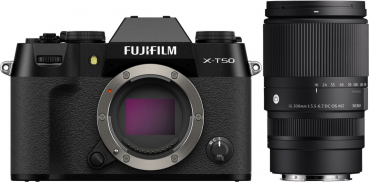
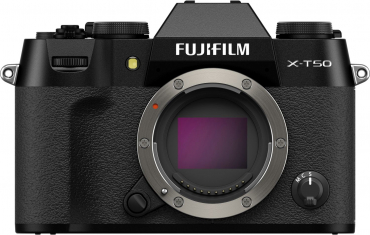

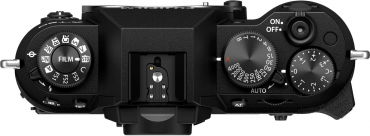

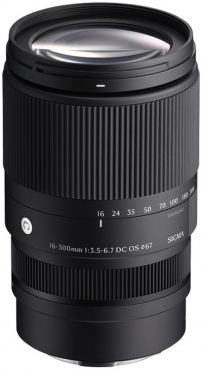

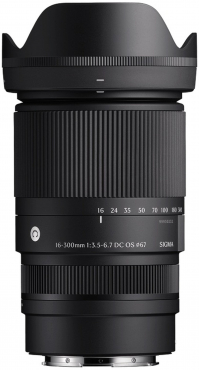
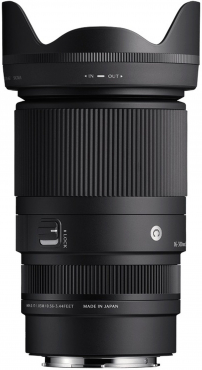
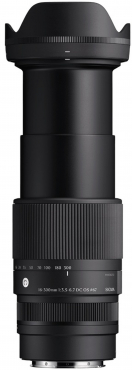

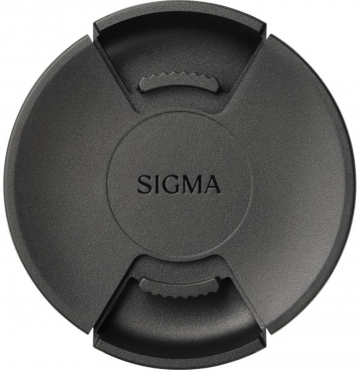
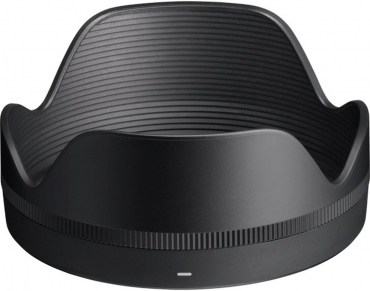

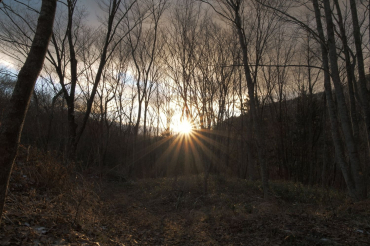

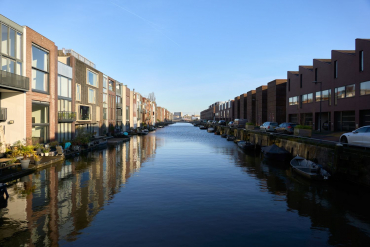


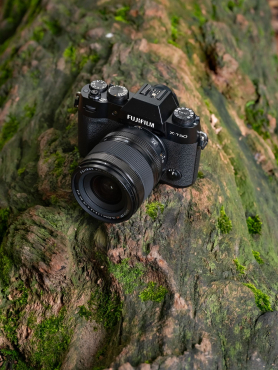

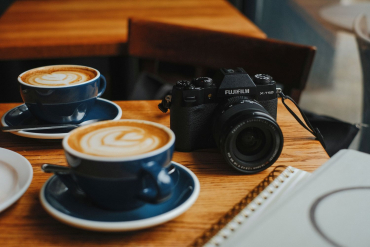
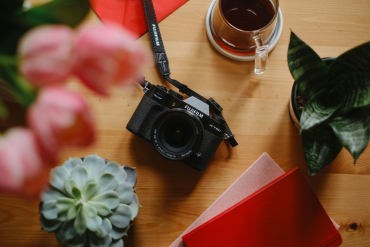
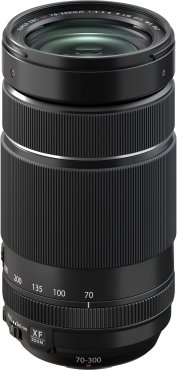

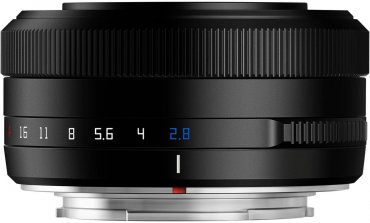
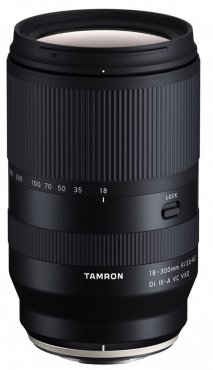
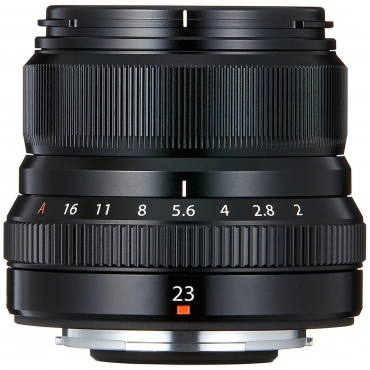
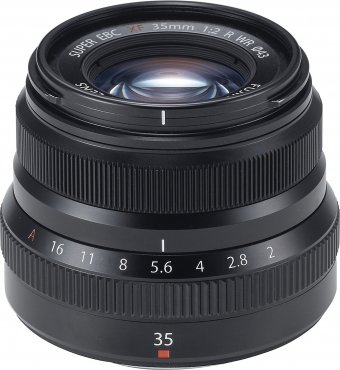


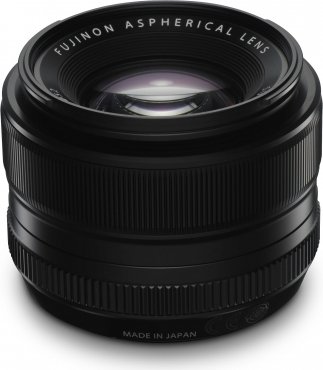
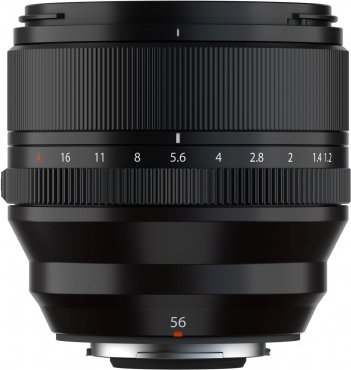
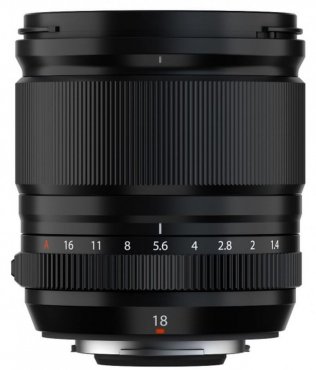

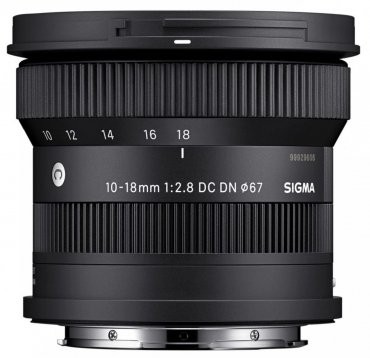
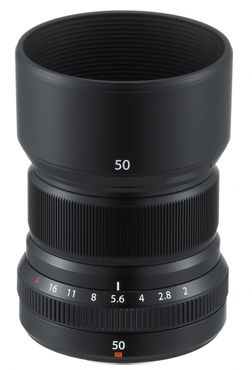
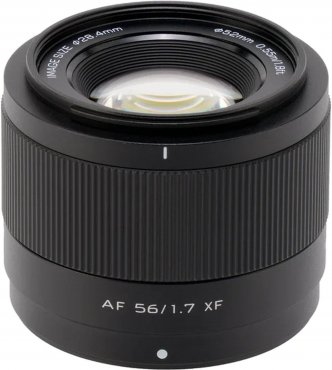


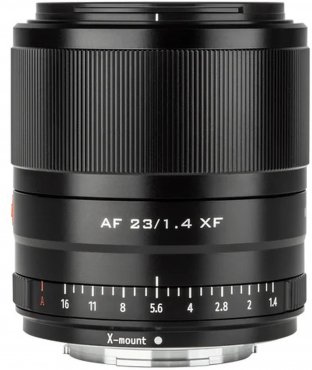
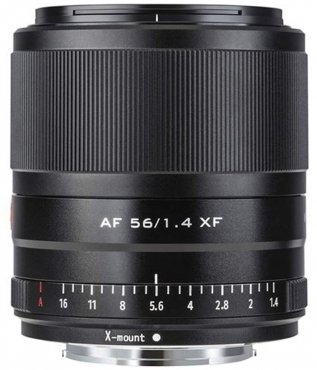
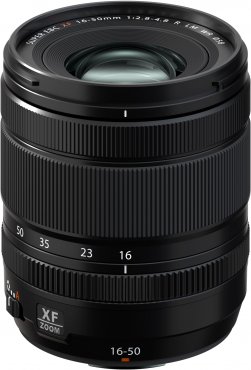
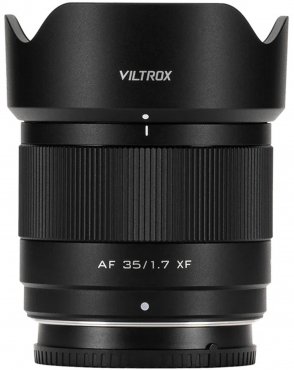
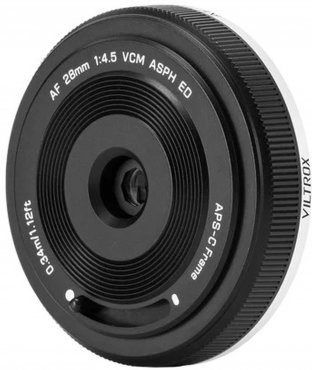

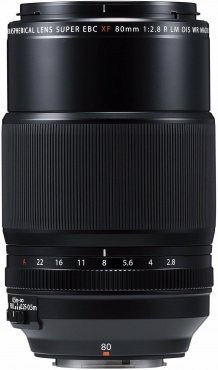
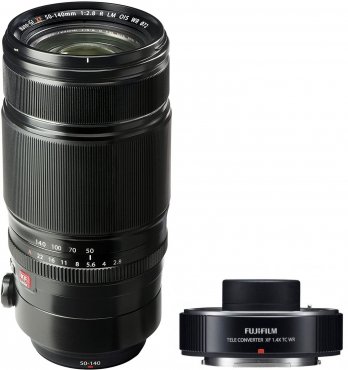
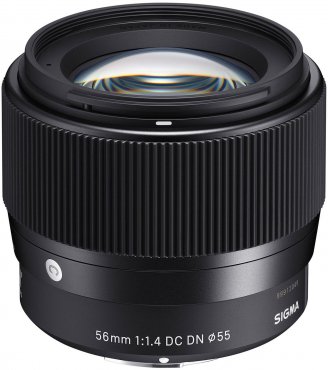

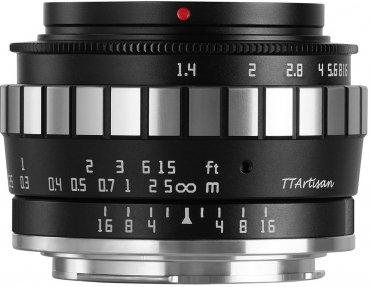
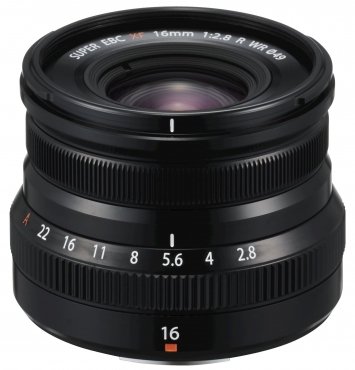

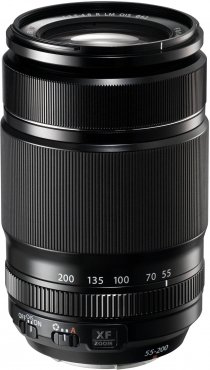
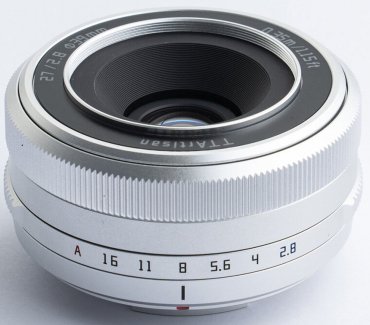
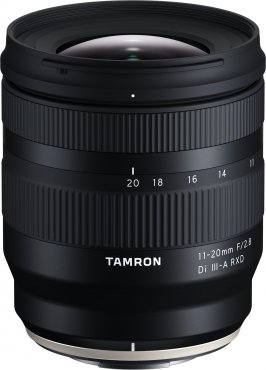
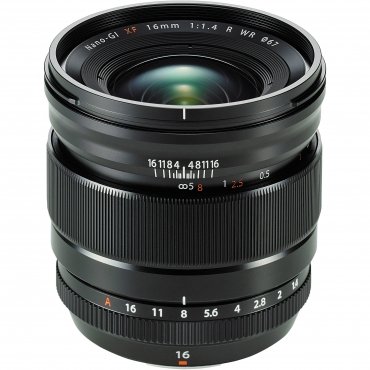

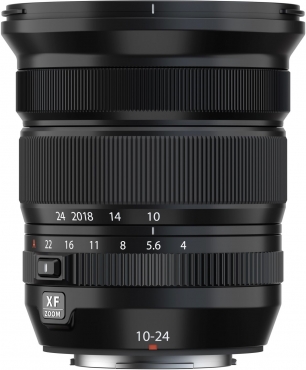
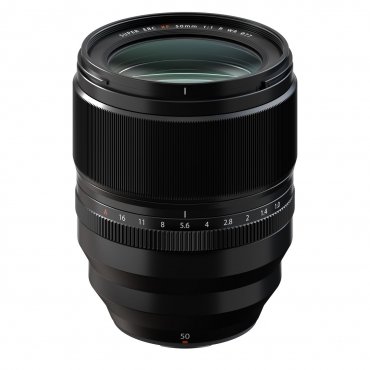

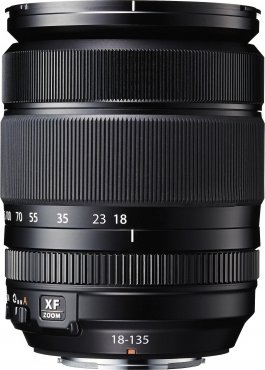



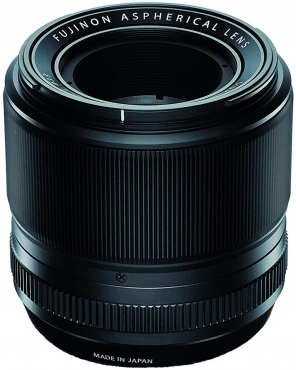
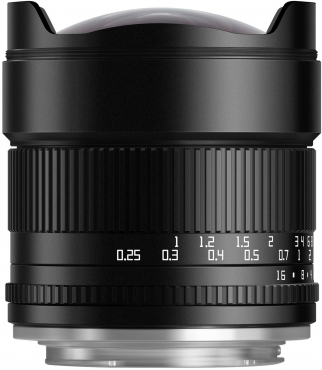
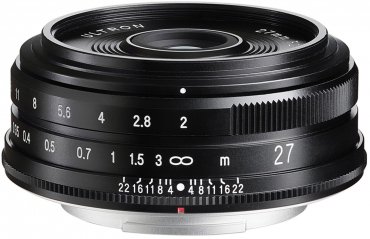
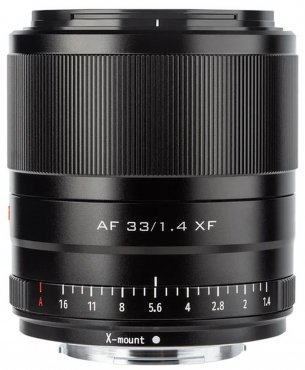

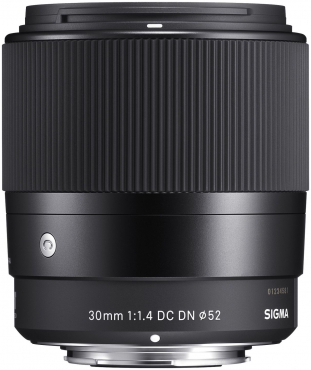
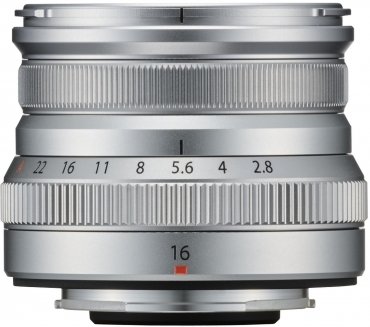
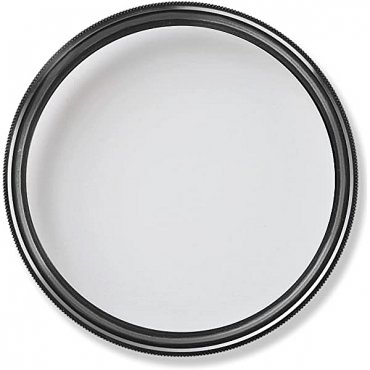
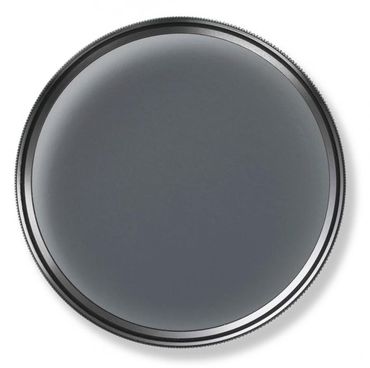
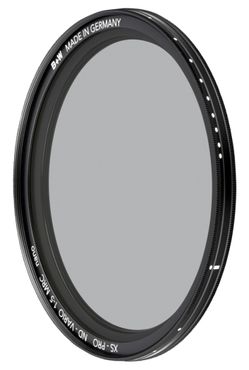

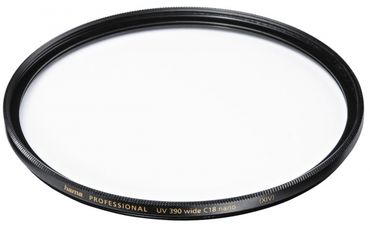
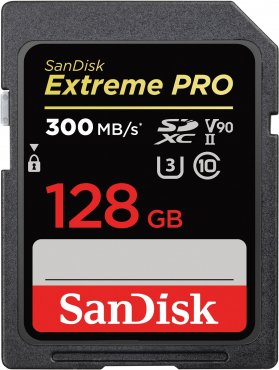

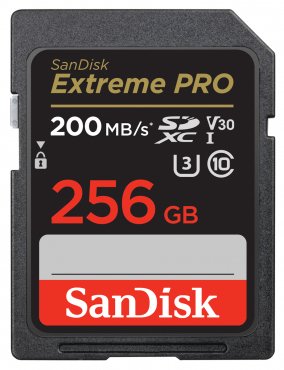
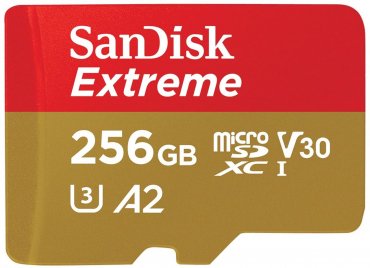

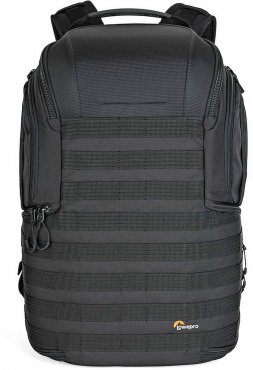



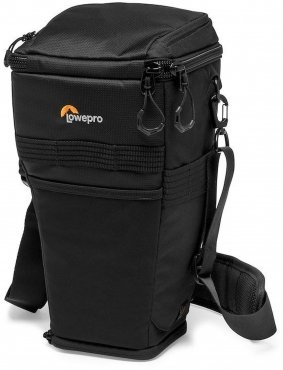
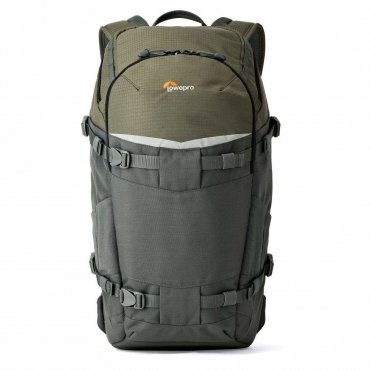

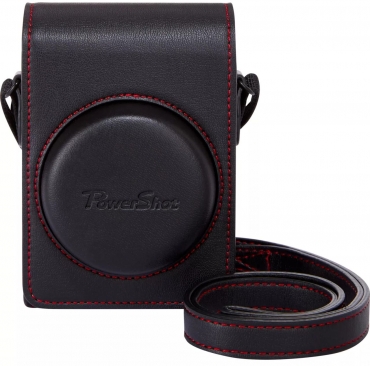
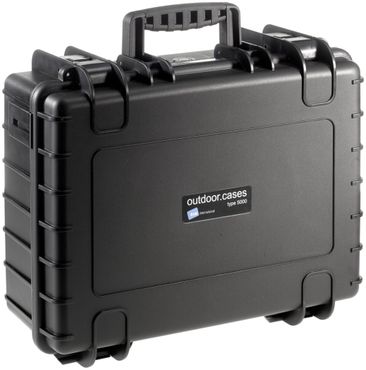
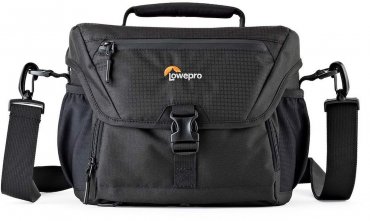
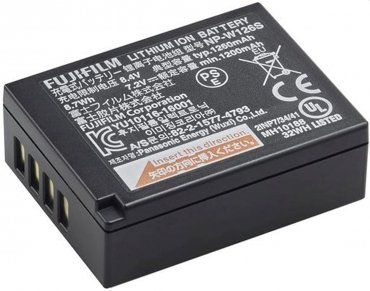
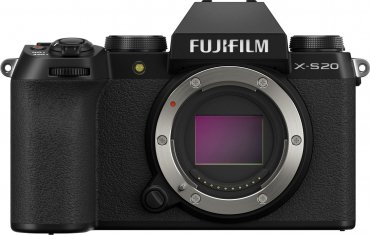
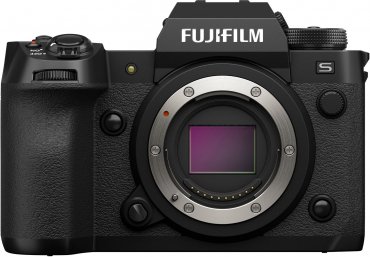
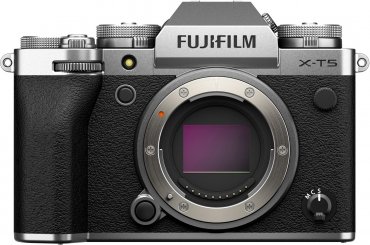
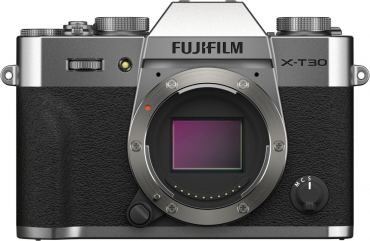
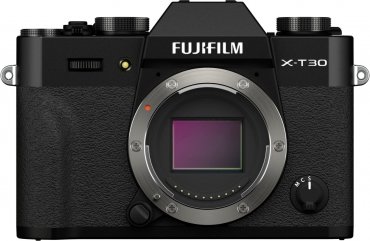


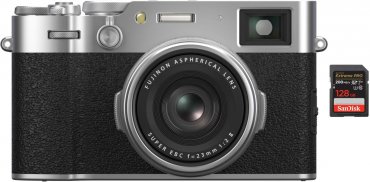

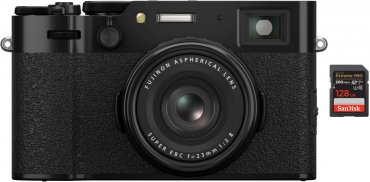
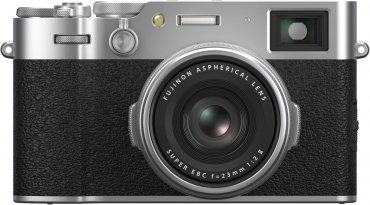
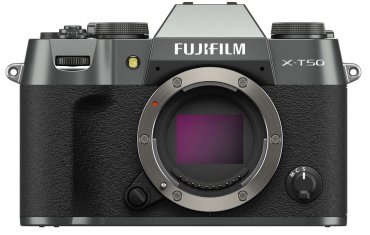




Simply subscribe and benefit as a newsletter recipient every week: